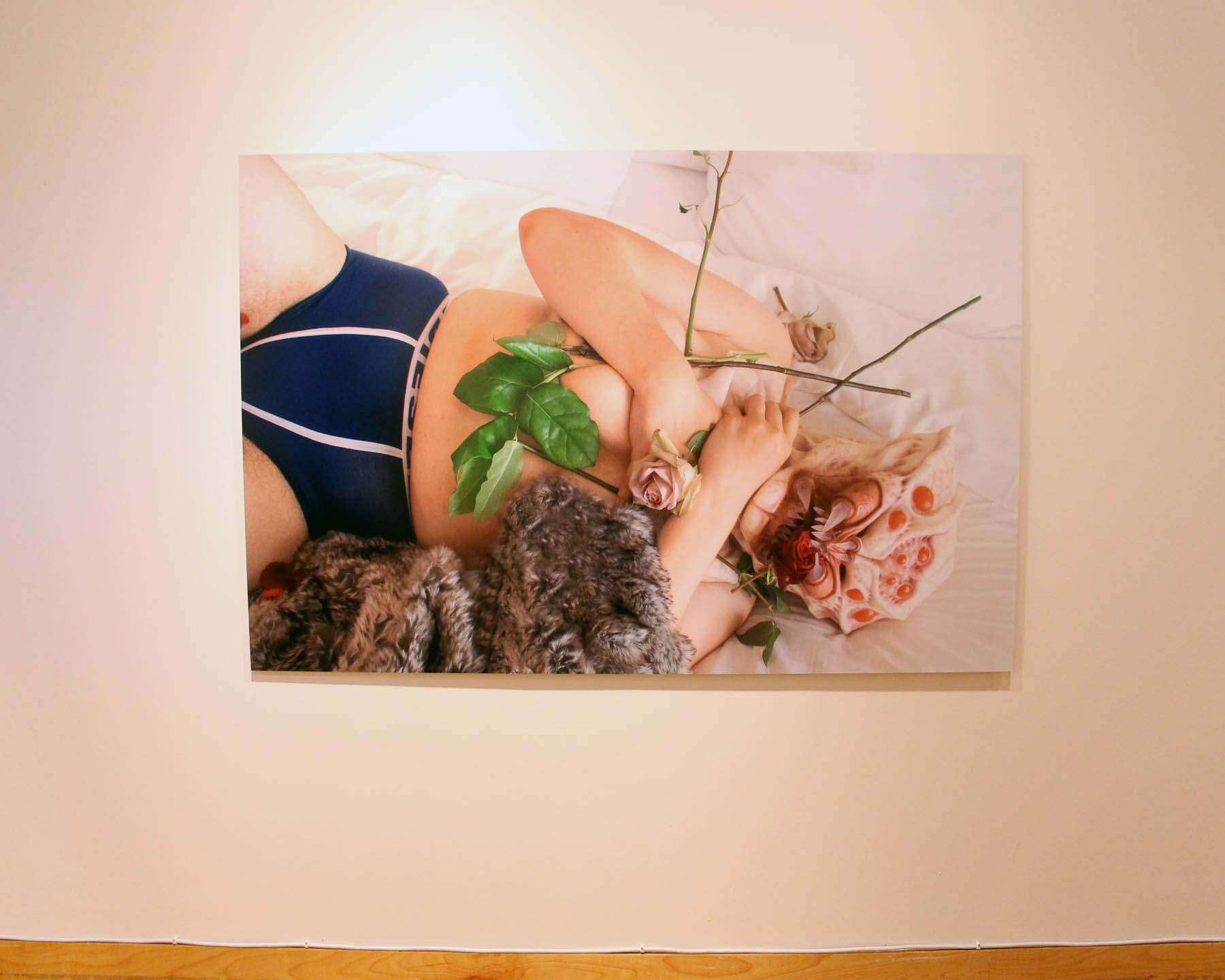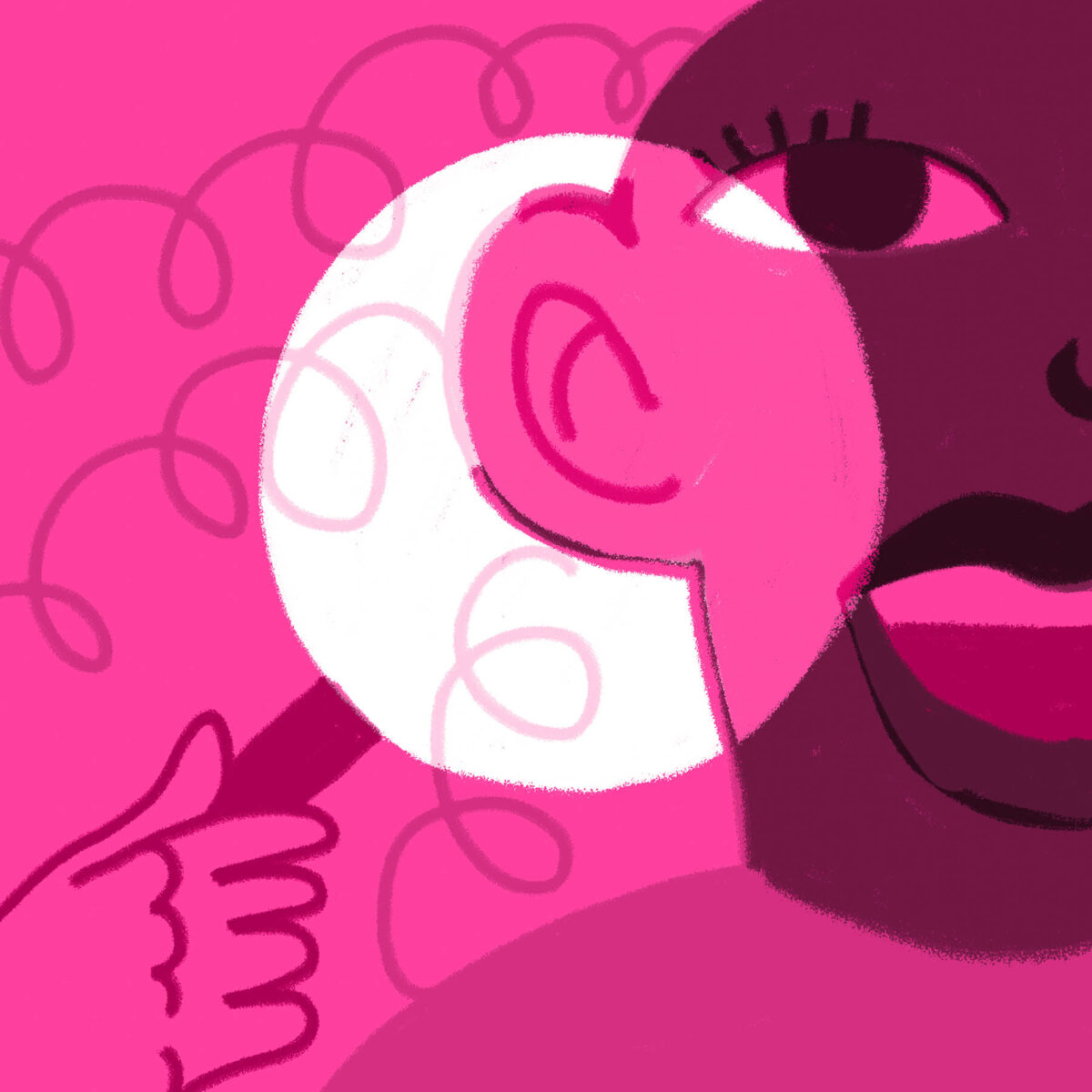Constructing Normalcy
Recommended Reading
- CHAPTER: Davis, L. J. (2006). Constructing normalcy: The bell curve, the novel, and the invention of the Disabled body in the nineteenth century. In L. J. Davis (ed.), The Disability Studies Reader (pp. 3–15). Verso.
Reflection Questions
- What do you consider normal? Why?
- Identify three ways that colonialism impacts what is considered “normal.”
- What does it mean to have a “different” body? In what ways does having a “different” body create, perpetuate, or change myths about the body?
- When thinking about movement, consent, intimacy, proximity, touch, what are some thoughts about their interaction with Disability, Disabled bodies, and Disabled artists?
- How could Disability dismantle our ideas of “normal,” “beautiful,” and “successful”?
Disabled Bodies in the Arts
Disabled bodies are considered public symbols of difference when the Disability is easily visible, and a disruption when the Disability is not visible. Artistic representations of Disability created by non-Disabled artists often emphasize visible difference, revealing how people who do not inhabit a Disabled bodymind view and create meaning with Disability.
Activity: “Cripping Up” and Disability Representations
As a group, ask your students to brainstorm a list of Disabled characters from television shows and movies. Then check which characters were played by Disabled actors, and which were played by non-Disabled actors who were “cripping up,” or portraying characteristics of Disability to play a Disabled character. Have your students discuss the following questions:
- Is it right for non-Disabled actors to portray Disabled characters?
- What are the nuances of performing Disability gestures as a non-Disabled actor? As a Disabled actor?
- Do non-Disabled actors’ assumptions about Disability inform their characterizations?
- Does lived experience of Disability inform Disabled actors’ portrayals of Disabled characters?
Three Disability Artworks
In this section, I introduce three artistic pieces created by Disabled artists to challenge, subvert, and emphasize dominant assumptions and expectations about Disability. These works of art provoke consideration of what it means for a Disabled body to be present in a performance or in an art institution. Within this context, they bring Disabled bodies into conversation with intersecting concepts such as “success,” “beauty,” “femininity,” rest, and other relevant themes to create generative space for reflection.
Alongside each artwork, I provide contextual information about the piece and present a related activity or reflection questions. Following this, I share a set of reflection questions responding to all three artworks.
1. Video: Big Birthday by Erin Ball
Erin Ball is a Mad, Disabled circus artist and educator. The primary disruption in Ball’s work is that ze performs highly detailed and difficult circus performances on silks as a double below-the-knee amputee. Zir body is a visual disruption of societal expectations for stage performers, let alone those in a physically demanding role. Ball is a performer-athlete who aims to dismantle ableism in circus learning spaces. In zir piece Big Birthday from the 2020 Pandemic Postcards project, Ball celebrates zir 40th birthday with confetti. For Disabled people, celebration of our lives is always a radical act.
Activity: Practicing Audio Description
In pairs or trios, have one student watch Erin Ball’s short video, Big Birthday, and describe it to the other/s in the group. Ask the listener(s) to pay attention to how the describer describes the artist’s body and its movement in space. Tell the listener(s) to ask the describer questions about the artist’s body and its movements in space.
This activity invites students to practice audio description, while also thinking through the implications and practicalities of identifying and describing a visibly Disabled artist’s body.
2. Art: Lady of the Flowers by Max Ferguson
Disabled, mad, trans artist Max Ferguson’s photograph Lady of the Flowers (ArtsEverywhere, 2020) was originally presented at Tangled Art + Disability (2020) as part of the exhibition Flourishing: Somehow We Stay Attuned. Journalist Luke Ottenhof (2018) discussed Ferguson’s work in a profile of the exhibition for CBC Arts:
[Ferguson has] created three self-portraits that reflect and interrogate their existence at the intersections of trans and disabled experiences. The photographs portray Ferguson in differing environs, adorned with grotesque, insectoid masks which they created with the help of a California-based prosthetics company.
“They’re not meant to shock,” Ferguson explains. “For me, it’s about trying to viscerally work through my inability to express myself as someone who identifies as trans and as someone who has been othered.” They add with a grin, “It’s campy and it’s drag-y.”

Reflection Question
- Compare the disability representation in Ferguson’s work with the dominant portrayals of disability you identified in the “Cripping Up” and Disability Representation activity. How does Ferguson’s use of the “grotesque” differ from mainstream depictions of the bodily differences associated with disability?
3. Art: The Cost of Entry Is a Heartbeat by Salima Punjani
In Disabled artist Salima Punjani’s interactive installation The Cost of Entry is a Heartbeat, participants are given heart monitors as they enter the installation space five at a time. Their heartbeats are amplified through the sound system, becoming louder when they move closer together, growing in strength with increased proximity. Participants’ bodies are the tools for interaction, and the invitation from Punjani is to rest, and rest together.
Reflection Question
- The Cost of Entry is a Heartbeat invites audiences to perform as part of the installation through their heartbeats. How would that experience be different from watching a performance?
Reflection Questions:
Three Disability Artworks
- How do Big Birthday by Erin Ball, Lady of the Flowers by Max Ferguson, and The Cost of Entry is a Heartbeat by Salima Punjani provoke audiences to reflect on their own bodies?
- Disability theorist Kelly Fritsch (2012) explains that the verb “crip” or “cripping” can mean “to open up with desire for the ways that disability disrupts.” What can the concept of crip/cripping do to disrupt our understanding of the body/our bodies?
- How does the idea of Disability challenge or change dominant Western understandings of the body? For example, how does Disability interact with diet culture? Fitness? Health? Beauty? Pain? Performance? Fine art? Power? Love?
Explore Further: Body and Disability
- ARTICLE: Fraser, M. (2013). Cripping it up. Journal of Visual Art Practice, 12(3), 245–248. https://doi.org/10.1080/14702029.2013.10820080
- ARTICLE: Siebers, T. (2005). Disability aesthetics. PMLA: Publications of the Modern Language Association of America, 120(2), 542–546. https://doi.org/10.1632/S0030812900167860
A detail from a larger illustration by Josephine Guan, showing a hand holding up a magnifying glass to examine a person with curly hair. This version of the image is presented in shades of pink.






